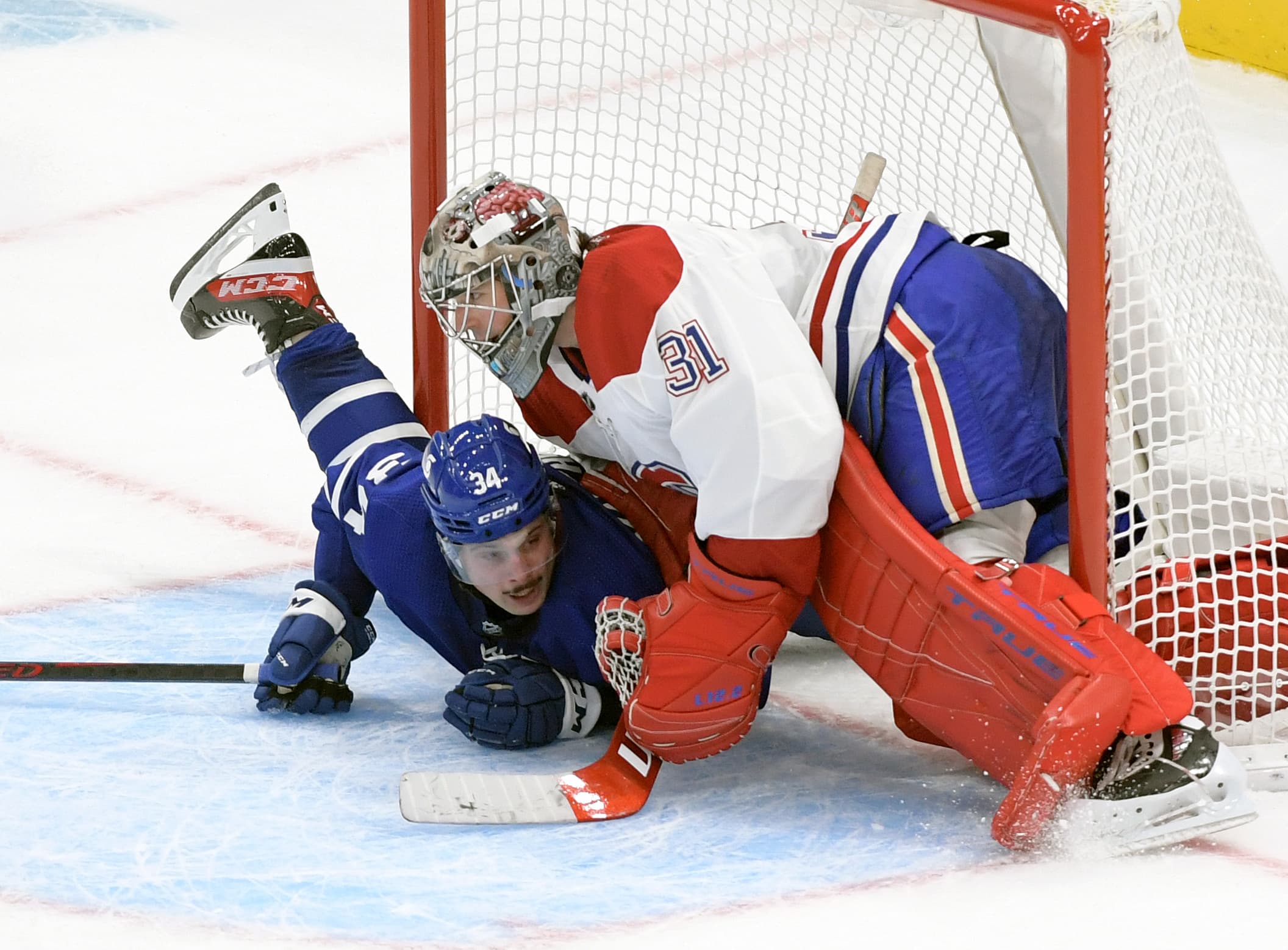Playoff Preview: The Montreal Canadiens
Photo credit: Dan Hamilton-USA TODAY Sports
May 18, 2021, 09:11 EDT
Breaking News
- Auston Matthews does not attend Leafs’ morning skate, will play Game 4
- Why staying the course has never been more important for the Maple Leafs
- Craig Berube wants Joseph Woll to be more direct moving the puck
- Maple Leafs impressed with Matthew Knies elevating his game in playoffs
- Pacioretty praises linemates Tavares, Nylander, Berube’s calm leadership ahead of Game 4
